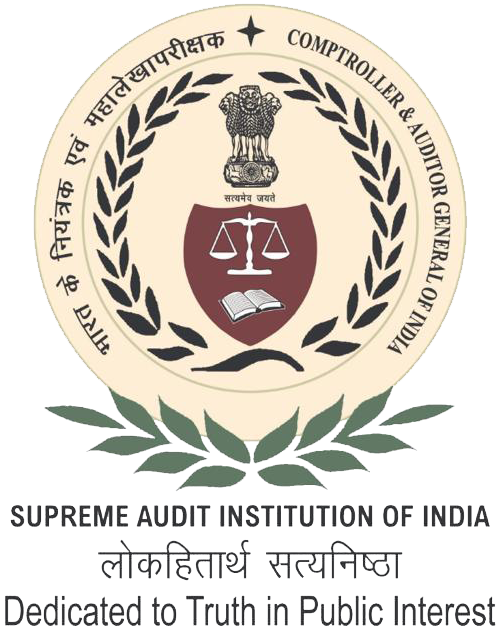- Home
- About Us
- Functions
- Resources
- Tour Program
- Publication & Reports
- Contact Us
- Employee Corner
Audit Reports
Performance

Assam
Report of 2010 - Report of the C&AG of India on District Cachar for the ended 31 March 2010 Government of Assam
Date on which Report Tabled:
Thu 27 Jan, 2011
Date of sending the report to Government:
Government Type:
State
Sector
Transport & Infrastructure,Power & Energy,Art, Culture and Sports,Agriculture and Rural Development,Social Welfare,Education, Health & Family Welfare,Social Infrastructure
Overview
Recognising the importance accorded by the Planning Commission, Government of India, for a district-centric approach to devolution of finances for an integrated local area development, a district centric audit of Cachar district was carried out to assess the status and impact of implementation of various socio-economic developmental activities in the District during 2005-10 and to evaluate whether quality of life of the people has improved.
The review covered key Social Sector programmes relating to Health, Education and Water supply; Economic Sector programmes relating to creation of Roads and other infrastructure, employment generation, provision of basic civic amenities and use of Information Technology (IT) to provide better public services etc.
While audit observed many positive points in the Social Sector programmes relating to health and education; there were quite a few areas where the State/District administration needs to focus its attention.
Audit scrutiny revealed that the District Planning and Monitoring Committee (DPMC) had not prepared a Perspective Plan or Annual Action Plans, or even a shelf of schemes for the overall development of the District. The local levels of administration like the Blocks and GPs were not involved in providing any inputs to the planning process. Schemes were sanctioned on an adhoc basis by the Deputy Commissioner (DC)/DRDA based on the proposals submitted by the MPs/MLAs/Other individuals/BDOs as per the perceived benefit to the local populace. In fact, there was no integrated District Plan. The process of assessing the health care requirements and gaps in infrastructure and manpower etc., as per NRHM is yet to be completed in the District. The District had one CHC, 32 PHCs and 272 SCs against the requirement of 12 CHCs, 48 PHCs and 289 SCs. The basic health care services required to be provided in the health centres were not available at many of the centres visited by the audit team. Moreover, due to non-availability of skilled manpower and infrastructure the purpose of setting up the health centres was not achieved in the District.
According to Total Sanitation Campaign (TSC), all schools were to be covered by 2008. The division targeted 1,839 schools (out of 2,438) and covered 1,869 schools by 2009. Further, only 51 per cent (859 out of 1,697) Angandwadi toilets were constructed although these were to be completed by 2009. There are two towns in the District viz., Silchar and Lakhipur. No sewerage facilities are available in these two towns. The Department also did not have any plan for construction of sewerage plants.
Download Audit Report
- Preface
- Executive Summary
- Chapter 1 - Introduction
- Chapter 2 - AUDIT FRAMEWORK
- Chapter 3 - PLANNING
- Chapter 4 - FINANCIAL MANAGEMENT AND ACCOUNTING FRAMEWORK
- Chapter 5 - SOCIAL SERVICES
- Chapter 6 - ECONOMICS SERVICES
- Chapter 7 - GENERAL SERVICES
- Chapter 8 - SATISFACTION LEVEL OF BENEFICIARIES IN THE DISTRICT
- Chapter 9 - MONITORING MECHANISM AND IMPACT EVALUATION
- Chapter 10 - CONCLUSION
- Appendices
- Glossary

